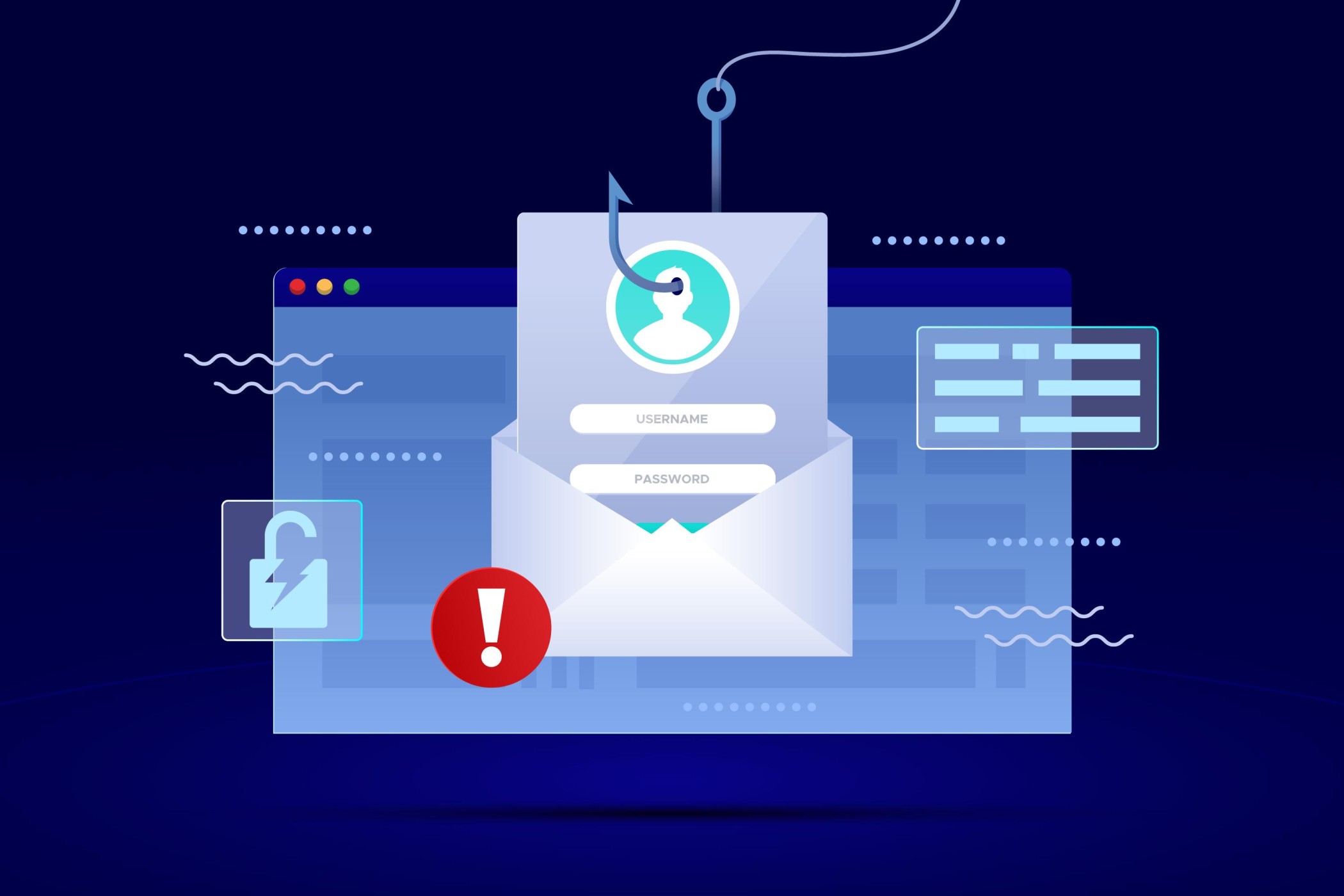Understanding the Significance of Zero-Day Exploits and Attacks
Cybersecurity
Zero-day exploits are software or system vulnerabilities that the threat intelligence or developers are unaware of. They are hidden in nature and can cause serious harm, so understanding zero-day exploits is an integral part of an organization’s cybersecurity strategy.
Knowing about possible zero-day exploits and attacks allows you to address vulnerabilities before hackers can make use of them. It also helps you improve your organization’s ability to safeguard data and maintain operational integrity. In this blog let us explore zero-day vulnerabilities, recent examples, and what you can do to prevent such attacks.
What is known as zero-day exploits and attacks?
Zero-day exploits refer to a technique that takes advantage of software or hardware vulnerabilities that the developers or defenders are unaware of.
The phrase “zero-day” refers to the fact that developers have 0 days from the time we discover a vulnerability to patch it before it is exploited.
There is a black market for zero-day exploits, where hackers and brokers exchange these vulnerabilities for large profits.
A zero-day attack is the deliberate use of a zero-day exploit to gain access to systems or carry out malicious operations.
What are the some of the notable and recent zero day attack examples?
- As of December 2021, the Log4j vulnerability in an open-source logging library had affected tech giants like Google Cloud, Microsoft, Amazon Web Services, Cisco, and IBM.
- In 2020, if an earlier version of Windows was being used by Zoom, hackers may get remote access to users' computers.
- Due to a flaw in the V8 JavaScript engine of the Web browser, Google Chrome was subjected to many zero-day attacks in 2021.
- Attackers used two sets of zero-day flaws in 2020 to get access to Apple's iOS system.
Name some important zero-day exploit vectors.
Understanding the attack vectors of zero-day exploits is crucial to maintain a stance against potential zero-day threats.
Some important zero-day exploit vectors include the following:
- Web browsers like Chrome or Internet Explorer
- Operating systems like MacOS, Windows, and Linux
- Software applications like Office Suites and messaging apps
- Email accounts to launch phishing attacks
- Network protocols
- Mobile devices
- Hardware components, such as processors or firmware
How to prevent Zero-day attacks?
Zero-day exploit prevention calls for a multi-layered strategy:
- Update your software regularly. Make use of software from reliable sources.
- Software from unreliable sources should not be downloaded or installed as it can have zero-day vulnerabilities.
- Segment your network into smaller parts to prevent any possible assault from spreading too far.
- Use antivirus software to identify malicious software.
- Employees should get training on social engineering techniques and how to spot shady email attachments and URLs.
- Zero-day exploits may be avoided, and unwanted access to your network can be blocked with the use of a firewall.
- Regular evaluation of your security practices can assist in locating weak points in your systems before they
Is it possible to stop Zero-day exploits or attacks?
Keeping your company safe from the most recent IT attacks has to be your first concern. A Managed Security Service Provider (MSSP) like Fourth Dimension Technologies, may assist you in thwarting attacks by keeping a close eye on the network for any unusual behavior and addressing any dangers. We provide services such as vulnerability management, and XDR, and assist in shielding you from zero-day attacks. Contact us to know more about protective measures you can employ to safeguard your data.
